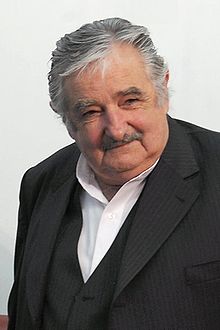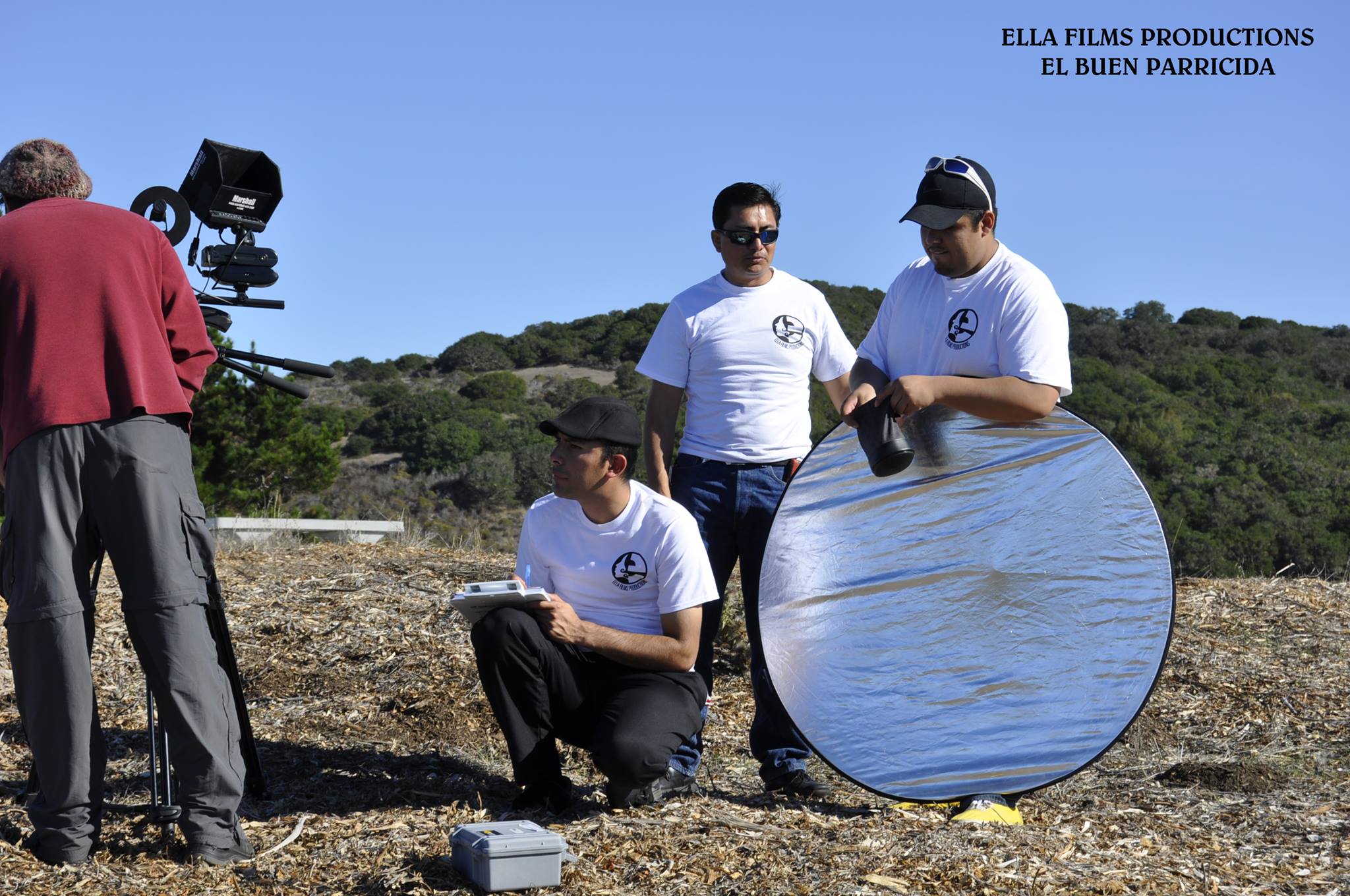by the El Reportero’s news service
The Mexican Museum, the premier West Coast museum of Mexican, Mexican-American, Chicano, Latin American and Latino art, culture and heritage, announces a new spring 2015 exhibition entitled Maestros: 20th Century Mexican Masters, which will feature a dramatic selection of artworks from the Museum’s permanent collections.
The special exhibition will include the works of 30 internationally-renowned artists, beginning with the three most influential Mexican artists: Diego Rivera, David Alfaro Siqueiros, and José Clemente Orozco.
Maestros: 20th Century Mexican Masters will run from March 13 to June 28, 2015. The Mexican Museum is located at Fort Mason Center, Building D in San Francisco, and is open to visitors Wednesday through Sunday from noon to 4 p.m. Admission is free. A special members’ preview reception will take place on Thursday, March 12 at The Mexican Museum from 6 p.m. to 8 p.m.
Sin Visa premiere
Sin Visa is a powerful, relevant, and inspiring narrative about hope that could not have been released at a better time. Sin Visa explores the struggles and triumphs of an undocumented student (Marco) battling the oppressive systems he finds himself trapped within. Having faced abuse by people from his own community, Marco finds a support system in an unlikely couple.
Marco’s narrative, inspired by present day circumstances, sheds light on issues surrounding many communities. The 80-minute feature film addresses the intersections between systems of oppression and discrimination, bringing to light social justice and human rights issues, like family separation, the “Dream Act” and higher education, and the need for immigration reform.
Saturday April 4 at 6:30 p.m. at Roxie Theater in San Francisco.
Flamenco music & dance performance – Flamenco Sin Cheli
Esteban has studied the guitar intensely since childhood. He attended Mannes Conservatory of Music, then continued classical guitar study with Andres Segovia in Spain, as well as master classes with Julian Bream and Narciso Yepes. He has performed more than 400 solo concerts, including three at Carnegie Hall.
In between touring nationally and internationally as a classical guitarist, he served as guitar instructor on the faculties of Manhattan College of Music, Mannes College of Music, the New School for Social Research and the Jersey City State Teacher’s College.
Delving into the art of Flamenco, he has studied extensively with Jason Mc Guire “El Rubio” as well as with Pedro Cortes, Anzonini Del Puerto, Augustin Rios Jesus Montoya, Manuel Malena and Jose Cortes. He has released three CD’s: one of traditional Flamenco and two of romantic Boleros.
Other artists include: Paul Mousavi, Joelle Goncalves, Hilit Maniv, Holly Shaw,
On March 20 at the Art House Gallery & Cultural Center, 2905 Shattuck Ave., Berkeley. For more info call 510-472-3170. $10-$20 donation.
10thAnnual Bay Area Flamenco Festival
Festival Flamenco Gitano
The Bay Area Flamenco Festival will feature Spain’s top dancers and musicians for a week of special events this spring (March-22-29) in celebration of the Festival’s 10th Anniversary. Featured artists direct from Spain include dancers Concha Vargas, Pepe Torres and Gema Moneo and singers Esperanza Fernández and José Valencia.
Sunday, March 22, 7 p.m. at the Palace of Fine Arts, 3301 Lyon St., San Francisco
Other Flemenco events:
Cante Jondo: Cante Gitano
Esperanza Fernández & Jose Valencia, on Friday, on March 27, 8 p.m., at the Brava Theater, 2781 24 St., St, San Francisco,
Tickets: http://www.brownpapertickets.com/event/1224405
Video: https://www.youtube.com/watch?v=w5TguxEE_N0









